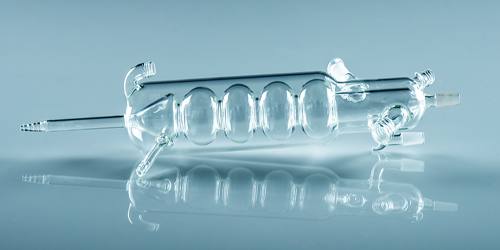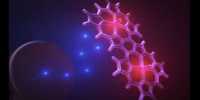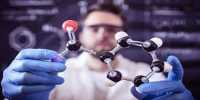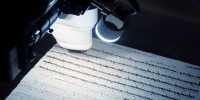Scientific glassblowing is a specialized field of glassblowing used in art, science, and design used in research and production. For many centuries scientific glassblowers have been integral to the development of knowledge and industrial research in chemical, pharmaceutical, electronics, and physics. Scientific glass fuels have been used in chemical, pharmaceutical, electronics, and physics studies, including Galileo’s thermometer, Thomas Edison’s light bulb, and vacuum tubes on starting radios, TVs, and computers. The qualities of glass and the abilities of those who fashion it have recently contributed to the advancement in the industry and further to fiber optics, laser, atomic and subatomic particles, communication and semiconductor research.
While mass production of standard glassware, such as beakers, test tubes, and flasks, was possible in the 1920s, scientists worked with skilled tested glass blowers to create countless, often beautiful tests to suit their experimental needs. Laboratory Scientific Glass Blowing is a unique project that updates and develops the art of glass flowing and brings it to the 21st Century. More and more shops are adding ISO certificates to their list of qualifications. Fortune 500 companies, large universities, and research institutes rely on professional scientific glassblowers who have received ASGS as an important resource. Designed specifically as a reference work, this book can be used as a step-by-step practical guide for practitioners and scientists, as well as students and academics interested in the field. Scientific glassblowers provide highly specialized glassware for all universities, including graduate research programs, public, private and industrial research labs, manufacturing facilities, semiconductor industry and many other aspects of scientific research.
Glass blowing has facilitated many important innovations in the art of science. These include Lavoisier’s 1777 test for heating mercury in the air, which will present key evidence to support his oxygen theory. Tests leading to the development of revolutionary lithium-ion batteries were run at Oxford Chemistry using bespoke glassware. Glass blooms play a key role in many technological innovations – from Edison’s light bulbs to televisions and radios (the progress of which depends on a sealed glass tubes that allow for an electric current) and networking and communication for modern-day fiber optics computers. There are three different types of glass that are easily employed in a research environment, and they often have to be wasted in other materials such as precious metals, silicon or ceramics. This enabled the scientific glass plantation to come into its own in the 1960s, with a large expansion of higher education.
There are also many scientific glass blowers that use their expertise to supply thousands of catalog glassware for use by scientists around the world. With modern computer-assisted furnaces, diamond grinding and lapping machines, laser, and ultra-sonic mills, the field incorporates hand skills using saws and torches. Each glass device is designed and manufactured by Scientific Glass Blower, with the cooperation of individual researchers.














